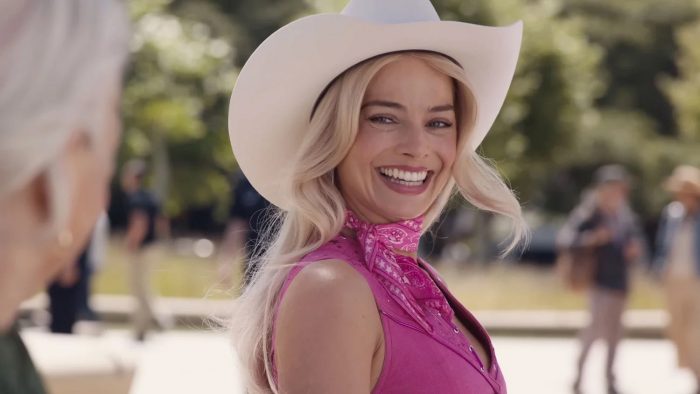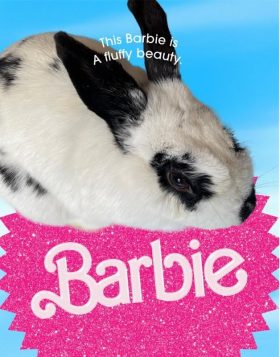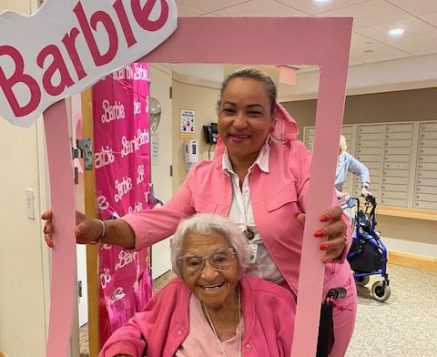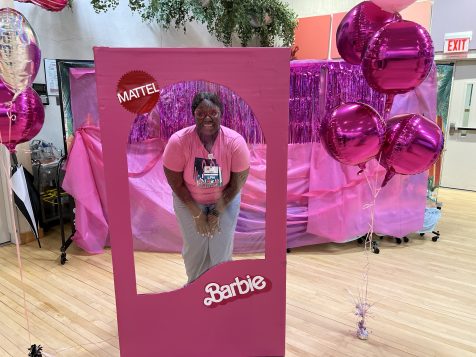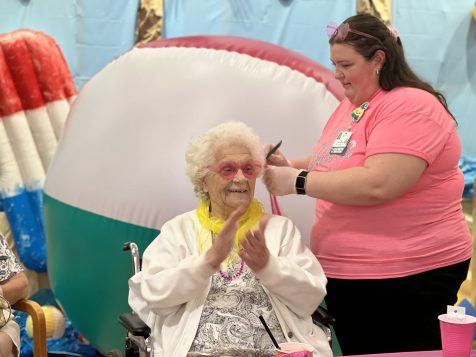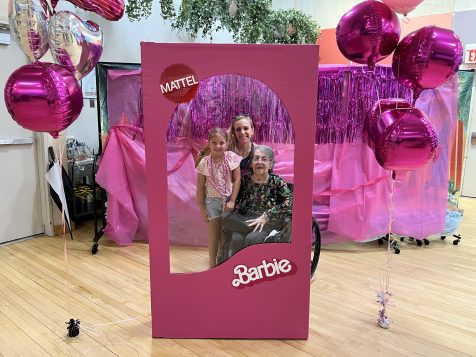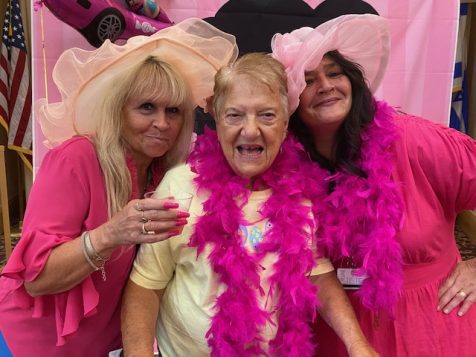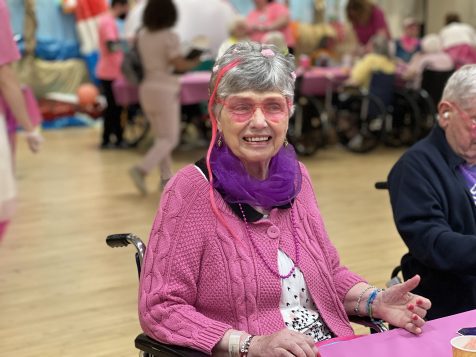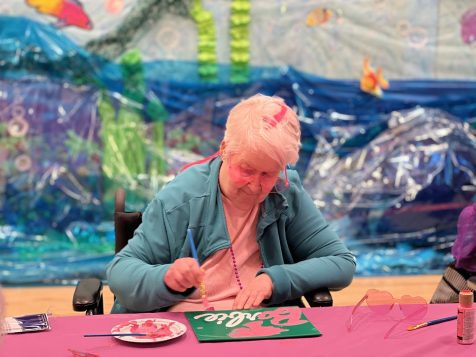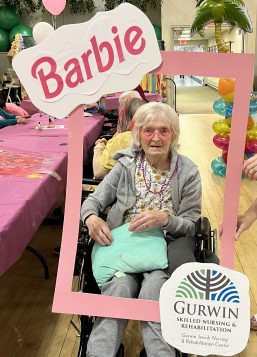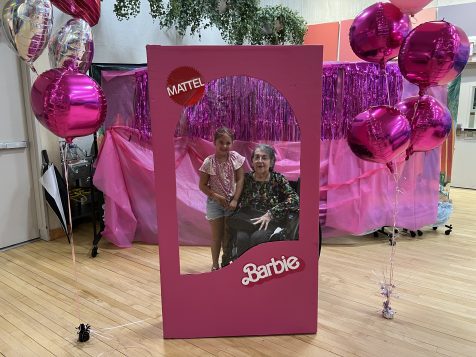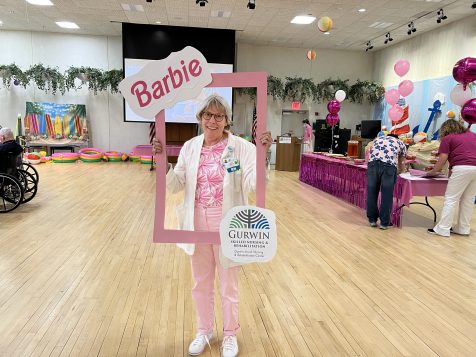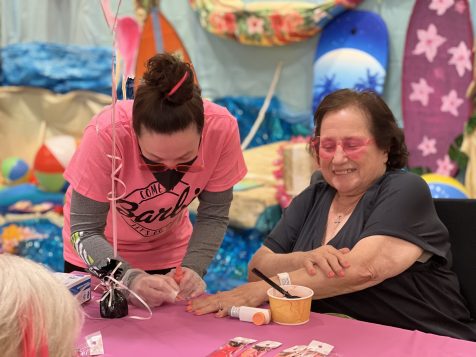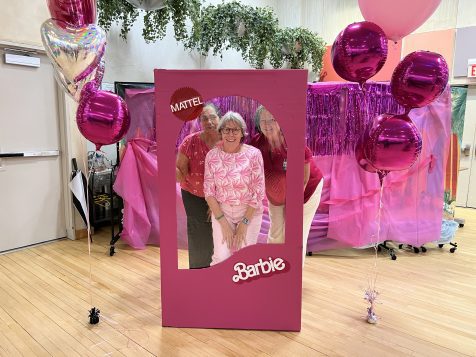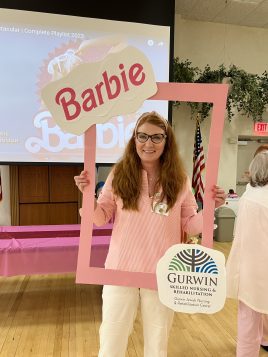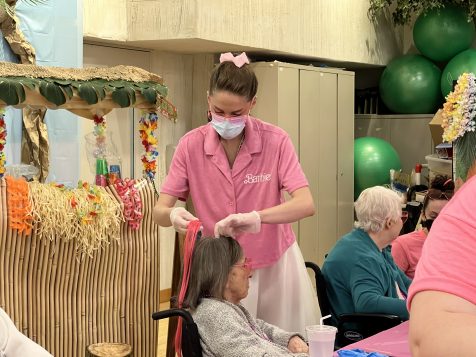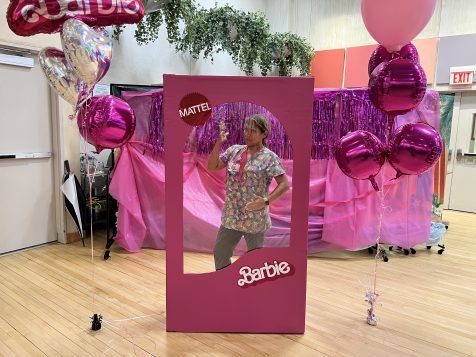By Tim Haggerty and Jeffrey Sanzel
The 96th Academy Awards will be held on March 10 at the Dolby Theatre in Hollywood. Oppenheimer leads with thirteen nominations, followed by Poor Things with eleven and Killers of the Flower Moon with ten. Even the most basic speculation is subjective, but here are some thoughts on the contenders.
The primary artist is the writer. If the writing is poor, nothing follows. So, to begin:
Best Original Screenplay. For pure storytelling, Anatomy of a Fall dealt powerfully with a woman accused of pushing her husband off a balcony. Played out almost entirely at the trial, the script succeeds on the level of Twelve Angry Men. Possible spoilers could be The Holdovers or Past Lives, with screenplays providing poignant performance opportunities. An honorary mention goes to May December, which offered a brutal look at Hollywood’s nearly perverse obsession with biopics.
Best Adapted Screenplay. While a reflection of another’s work, these screenplays allow one to envision a story through a fresh prism. This year, the category is highly competitive. Zone of Interest is intense and visceral, but its success derives more from the visuals and not necessarily the script. Poor Things takes the book’s absurdity to eleven, elevating the original novel. American Fiction is strong when representation turns character into characterization.
The frontrunner—Oppenheimer—is an extraordinary achievement of making the technical both accessible and thrilling. However, Greta Gerwig and Noah Baumbach’s Barbie is most deserving. After decades of failed attempts to bring Barbie to the screen, they triumphed far beyond expectations: “We mothers stand still so our daughters can see how far they’ve come.”
Best Actress in a Supporting Role. Da’Vine Joy Randolph’s stellar performance in The Holdovers has swept this category in every major award. Her performance is the heart of an amazing film.
Best Actress in a Leading Role. Perhaps the hardest pick of the year, with frontrunners Emma Stone (Poor Things) and Lily Gladstone (Killers of the Flower Moon) running head-to-head (much like last season’s Michelle Yeoh and Cate Blanchett). While both are deserving, it will come down to maximalist versus minimalist: Poor Thing’s exclamation points or Flower Moon’s full stops. Regardless, the winner will lead to months of debate and discussion. Two major snubs in this category are Margot Robbie’s brilliant Barbie and Greta Lee for Past Lives.
Best Actor in a Supporting Role. Yes, Ryan Gosling was fun as Barbie’s Ken, but it is unlikely to garner him his first Oscar. Plain and simple, Robert Downey Jr. will take home the trophy for Oppenheimer.
Best Actor in a Leading Role. While not as close as Leading Actress, the two major considerations are Cillian Murphy (Oppenheimer) and Paul Giamatti (The Holdovers). Giamatti would be victorious in another year, but Murphy’s monumental Oppenheimer carried a film that required a flawless performance at its helm. Not nominating Zac Efron’s moving portrayal in The Iron Claw, which highlighted the dangers of toxic masculinity, was an egregious slight.
Best Director. As seen in other categories, all the nominees would win years when they were not competing against each other. This is especially true of Yorgos Lanthimos’s work on Poor Things. But there is no question that Christopher Nolan will take home the trophy for Oppenheimer. A master of the craft, Paul Thomas Anderson’s praise for Nolan’s Dunkirk applies here: “It’s great to still be able to see someone’s film and think ‘How the —- did he do that?” And that statement is the same for Oppenheimer. The most brutal snub of the year is unquestionably Greta Gerwig’s absence from a directorial nomination for Barbie. Her exceptional vision deserves accolades and highlights the industry’s systemic problems.
Best Picture. This year in film has been the best since before the COVID-19 pandemic. Once again, every film deserves an award for its own elements. But ultimately, Oppenheimer was the biggest artistic (if not financial) success. A work unlike any other, the film checks every box.
So, on Sunday night, settle in with your popcorn and see how the drama unfolds!
Bonus Quick Picks:
Documentary Short Film. While ABC’s of Book Burning will win, Nai Nai & Wai Po is a beautiful, gentle story.
Documentary Feature. 20 Days in Mariupol
International Film. The Zone of Interest. (Honorable Mention: Perfect Days)
Live Action Short Film. Wes Anderson will get his first Oscar for his adaptation of Roald Dahl’s The Wonderful Story of Henry Sugar.
Animated Feature Film. The Boy and the Heron
Original Song. A no-brainer: Billie Eilish’s Barbie tune: “What Was I Made for?”
Score. Oppenheimer will win over Poor Things, more avant-garde sound.
Visual Effects. Godzilla Minus One burns the competition.
Sound. Oppenheimer will win, but Zone of Interest is most deserving.
Production Design. A tight race between Barbie and Poor Things—bringing back the forgotten artform of sound stage sets, both “authentically artificial.” The latter probably has the edge.
Makeup and Hairstyling. Poor Things
Costume. Barbie or Poor Things
Film Editing. Oppenheimer, but Killers of the Flower Moon could steal it.
Cinematography. Oppenheimer

